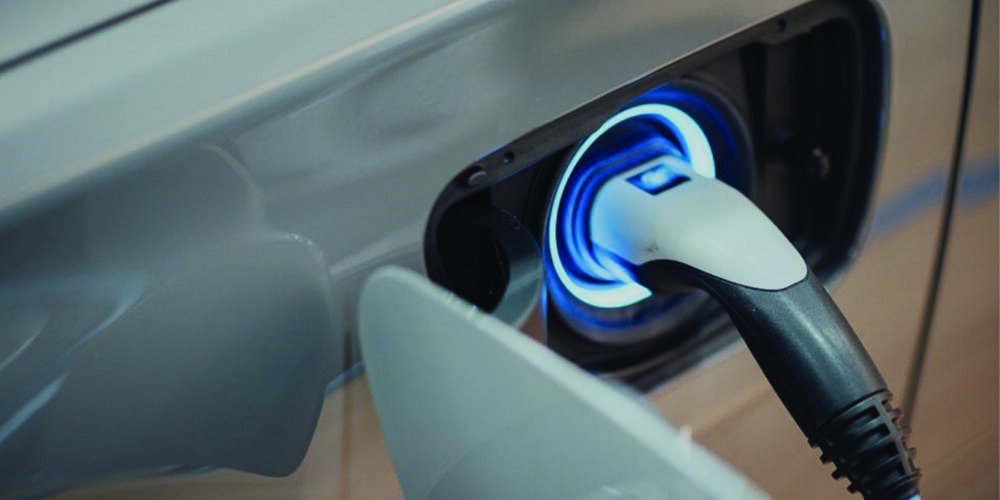se, how you handle (or prevent) a comeback becomes even more important to the success of your shop.
Go ahead ‹ ask yourself, “Am I allowing comebacks at my shop to get out of hand?”
First, don’t be discouraged. There will always be some comebacks. According to one shop owner, you can expect about a 5% comeback rate on general repair work. But there are some sound ways to keep comebacks from rising to an alarming 10% of your service work.
First, understand that defective replacement parts don’t always cause comebacks.
Sometimes, a comeback is caused by miscommunication between the service dealer and a customer. As a shop owner, you’ll need to modify this behavior. One suggestion is to have a service writer attend a management or business course at a local community college. Or bring them along to a future Congress of Automotive Repair (CARS) convention. Understand that your technicians aren’t the only ones who need to keep up with their training.
Another common reason for a comeback is the technician misdiagnosed the customer’s original complaint. It makes sense, since the technology in today’s vehicles is becoming more complex. Sometimes in our industry, we are finding that it’s simpler to make the vehicle computer the suspect and replace it due to “process of elimination” diagnostics. But that is just asking for a problem and you may wind up that vehicle back in your bay and the customer complaining that your shop failed to fix a problem. Only then does your tech discover the real solution ‹ a bad electrical ground to the chassis.
This is why you’ll feel better knowing your techs are skillful in electronics. Make sure they are getting the proper training and have the proper diagnostic tools and TSBs available from electronic diagnostic information providers to enable them to do a job right the first time. And don’t discourage your techs from using the wealth of service knowledge available from the members of iATN (www.iatn.net). A few moments on the Internet can save a lot of wasted time (and money) that is attributed to a comeback.
Finally, yes, defective parts are sometimes the culprit. So make sure you have a good relationship with your parts supplier or jobber. And make sure they are supplying you with high quality aftermarket parts.
Do you have an interesting comeback-related story you would like to share with our readers? Or have you taken some steps to reduce comebacks at your shop? We’d like to hear from you. E-mail us at [email protected].













